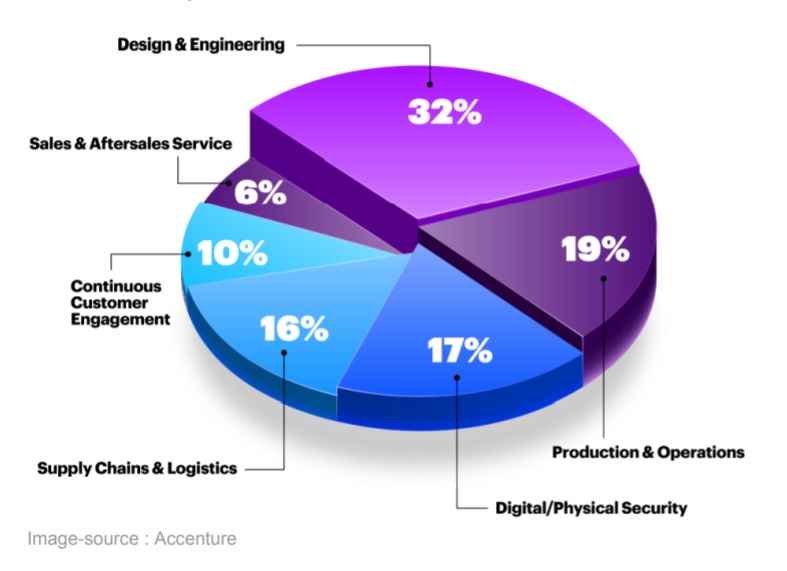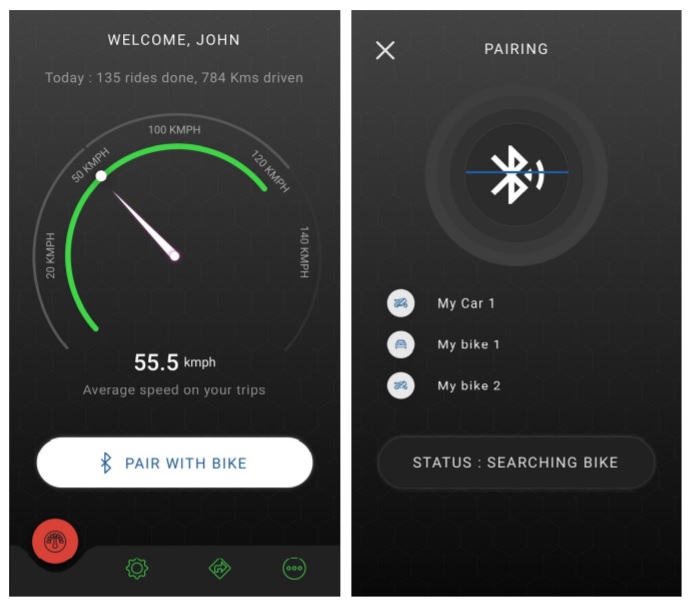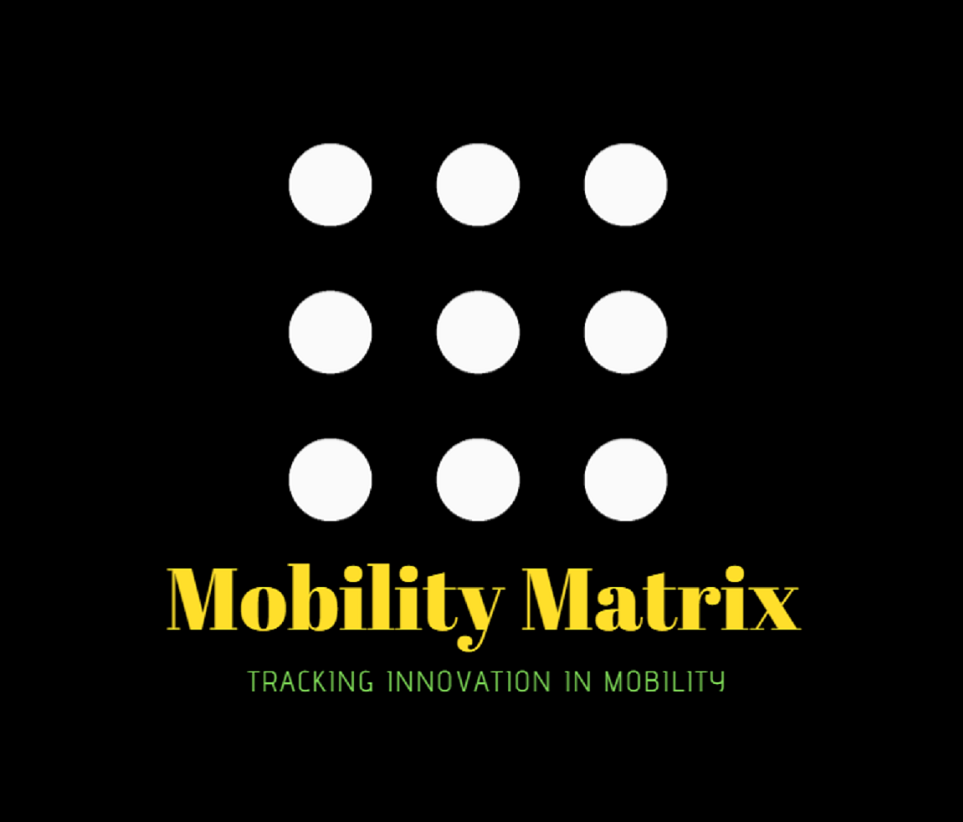Automobile industry is estimated to suffer a production loss of 1.23 lakh crores, as per a study by the economic times. The pandemic has severely affected production, import of auto parts and supply chain interactions. Markets are highly volatile and are being disrupted overnight. Companies are rethinking their purpose, processes & positioning to stay relevant, competitive & meet evolving consumer expectations.
COVID-19 fundamentally changed how people moved. High speed internet and digital-first, omnichannel businesses changed how people lived indoors and how frequently people stepped out for essentials. Education and entertainment streamed from smartphones to the TV. Grocery purchase moved closer to the kitchen. Remote work further eliminated the need for physical movement, usage of personal vehicles or public transport.
Innovation: UX in every conversation
The Connected, Autonomous, Shared & Electric [CASE] movement in the automobile industry is redefining what it takes to create new value for the post-COVID consumer, as the world emerges through the pandemic. Technology for greater connectedness, context-awareness and interactivity is paving the way for automotive companies to deliver premium experiences – redefining what it means to have a luxury car experience. And one who cracks the code for delivering functional value as well as an emotionally rich experience is likely to emerge a trendsetter.
As consumer lifestyle and consumption behaviors change, human-centricity and design-thinking is now becoming an inevitable part of conversations among design & engineering teams – to observe new needs, fears, aspirations and deliver new value. For example, meeting a moment of consumer anxiety around sanitization, with the brand’s reassurance in a new refreshing way.
Design & engineering divisions form 32% of an Automobile business, their influence impacting physical & digital experience of the vehicle, maximizing functional & emotional value. An emerging trend among the automotive players is to invest in design & engineering teams to lead the next big automobile story.

Ford appointed a CEO, who previously ran a furniture business, purely because of his passionate obsession of designing products for intuitive usage, with least psychological resistance. Automobile leaders driving innovation are placing user-centricity at the heart of product, process and people practices, allowing dynamic focus-groups to drive innovation across the organisation.
Automobile Industry: Post COVID emergence
A research shows, automotive sector sales & services would swell to $3.5 Trillion by 2031
The pandemic triggered a widespread panic of ‘when normalcy may return’ in everyday operations, supply chain activities, production and sales activities. Hero Motocorp, the market leader, sold 4,50,774 vehicles in June, 26% lower than last year (Bajaj and TVS reported similar sales drop) – as reported by business line.
As job losses and unemployment continue to happen across the country, new 2-wheeler and 4-wheeler purchase decisions are deferred, and spending is more controlled. We don’t yet have clear indications of demand-supply back to pre-covid levels, automakers are building resilience to embrace new levels of agility and new possibilities of cross-industry collaboration.
For example, a demand increase for food delivery could trigger demand for more businesses to supply man-power to offer punctual last mile delivery services and rely on automakers to build custom delivery vehicles for them. In-order for last mile delivery services to maintain schedule, necessary fuel / charging infrastructure need to be available.
While Electrification, EV infrastructure and Autonomous vehicle research can wait, here are a few indicators that could shape the near term emergence of the automobile industry & related ecosystems, at large.
1. Safe, personal mobility as a service
Safe personal mobility is a need of the hour. Not just reliability, speed or punctuality, ride services are demanding high levels of sanitization and hygiene. With social distancing, usage of public transport infrastructure, shared rides and group mobility booking patterns have changed to personal mobility, sought on demand. With work, education, entertainment, healthcare, banking, retail and other services available online – short distance movement patterns are seeing fundamental changes.
2. Gen-z expectation of what a premium vehicle is
High speed internet is changing what the Gen-z expects from personal vehicles. Features like wireless mobile phone charging / voice instruction based maneuvering, smart purification / anti-bacterial surfaces, voice search, touch-screen interfaces and auto-alerts for maintenance / refuelling the vehicle are creating greater connectedness, context-awareness and intelligent automation of predictable, repetitive tasks.
Next-generation smart design solutions would seamlessly integrate a rider’s phone with his/her vehicle, helmets, accessories, co-travellers device and accessories, insurance-providers, family members, other vehicle gears and stakeholders.
3. Cross-pollination of ideas from other industries
From a traditional ‘standalone’ industry approach to adopting a highly interdependent and interoperable mindset, Automobile businesses will be reinventing themselves and their approaches to problem solving and value creation. The future belongs to businesses who can imagine creating new value, breaking the boundaries of existing industry constraints and slow pace of change.
For example: Integration of healthcare and automobile industry, can create highly empathetic mobility experiences for people with disabilities, children or seniors. Cross-industry collaboration between entertainment, education and automobile business – could change how content is consumed on the go, like how music is experienced or when a podcast is played.
4. Consumer experiences over permanent ownership
As digital experiences and online services, fulfill essential livelihood needs – need to travel outdoors, short or long distances is no longer relevant. The business case for owning a private vehicle for personal mobility is weakening as smart, safe mobility as a service, is now available on demand. Additionally, the cost of maintaining a vehicle or upgrading it for “internet-connectedness” is higher.
5. Reskilling of workforce to adapt to change
With the shifting nature of demand and supply in the Automobile sector, there is a need for continuous upskilling / training for the existing workforce in various functions across the board – frontline staff, design, engineering, production, marketing, sales, support etc. Organizations need to
communicate fundamental changes more effectively to all its people, in-order to realign themselves to embrace the new reality, and be prepared to deliver new value.
6. Mobility & mobile phones
In a world of information hyperness, consumers love a digital twin to everything, realtime data sensing, smart prediction and proactive automation. It’s becoming inevitable that mechanical machines become even more context ‘aware’ and ‘connected’.
An average ‘zillenial’ consumer has over a 100 interactions a day with connected objects, spaces at home and in external environments. With high speed internet and intelligent cloud-edge tech, consumers now have an integrated experience of technology, accessed from within various environments.
Product X.O: Design, technology & culture
Great design is about creating a form and function to best meet unspoken needs of people – making the vehicle a natural extension of their lifestyle experience at home. Applying design-thinking can help go about interviewing users, observing them in their natural environment, prototyping, innovating, experimenting and continuously evolving the product. Design-thinking when done right, can also become a culture, with human centricity & empathy integrated into all interactions in the business. This could inspire a more dynamic organizational design, more responsive to change & ready for the new.
Design thinking: User empathy and mirroring
Our design thinking approach proposes that we sense people’s relationship to spaces & objects in their environment – be it home, work spaces, gadgets, vehicles and the nature of interactions they have with it.
We observe users in their natural environment, interview them with questions that could evoke subliminal responses. This helps us sense what triggers people to move, what they say they’d do and what they’d actually do. We also get to observe how a sequence of thoughts-feelings-actions change as the user navigates through various connected experiences.
For example – a car is a family experience, at-times extended to shared experiences with friends and co-workers. It is used by both genders and people of varied ages. Design should take into consideration both physical and digital experiences of the car, by the user and members part of the user’s family / close social network.
People often misunderstand good design for flashy interfaces, sounds, animations, colors, graphics and loads of features. While all these can of-course contribute to creating a vibrant environment but may not always enhance interaction or overall usability.
Simplicity and clarity of action is key.

Well-designed solutions seem “obvious” to use. Best interface is no interface. As the saying goes –
“A designer knows he has achieved perfection not when there is nothing left to add, but when there is nothing left to take away.”
-Antoine de Saint-Exupéry
Authors:
Vidhya Abhijith, Head – design thinking
Nishant Choudhary, Lead – community engagement
Codewave Technologies
(The views and opinions expressed in this article are those of the author and do not necessarily reflect the position of Mobility Matrix).


